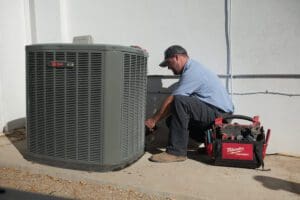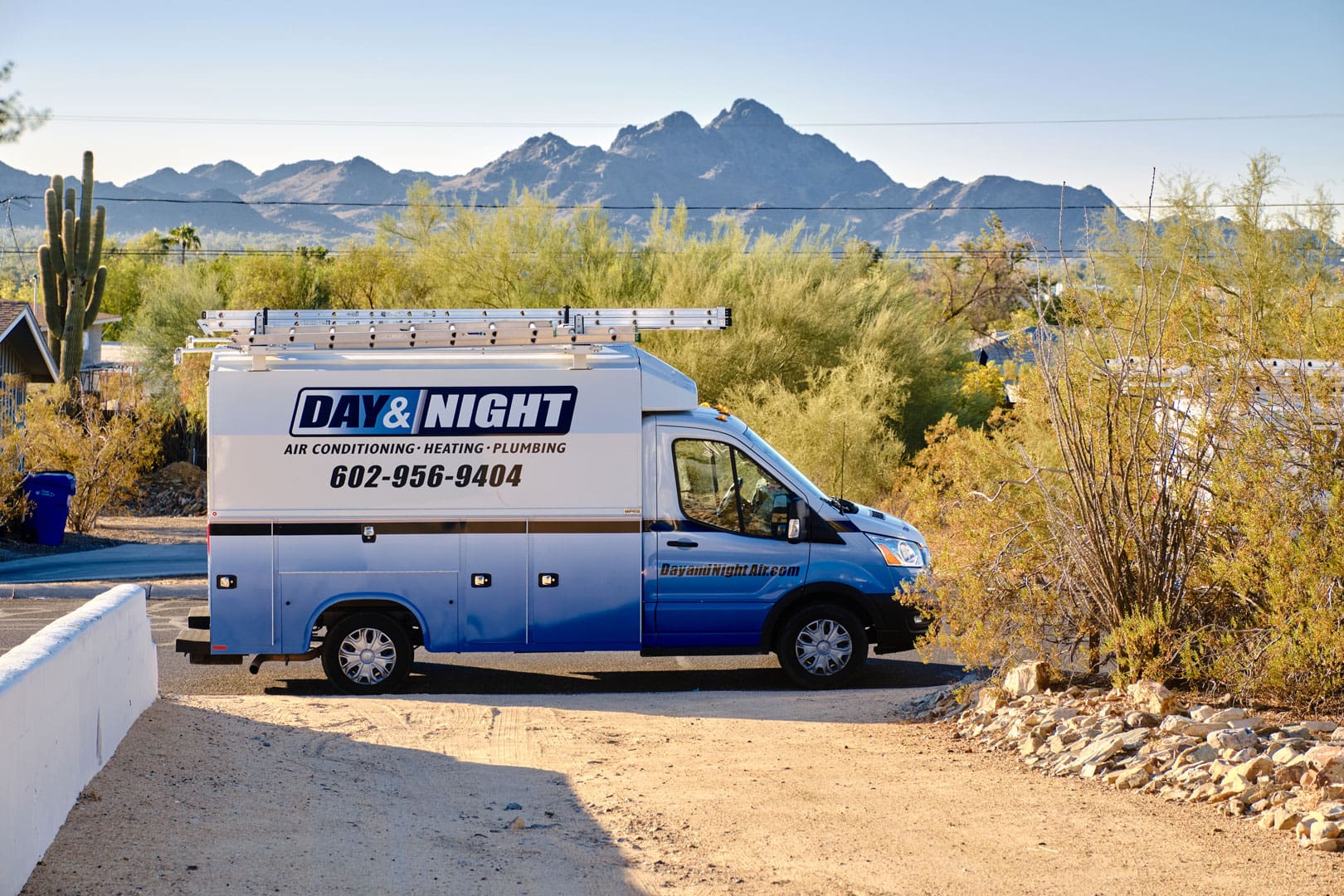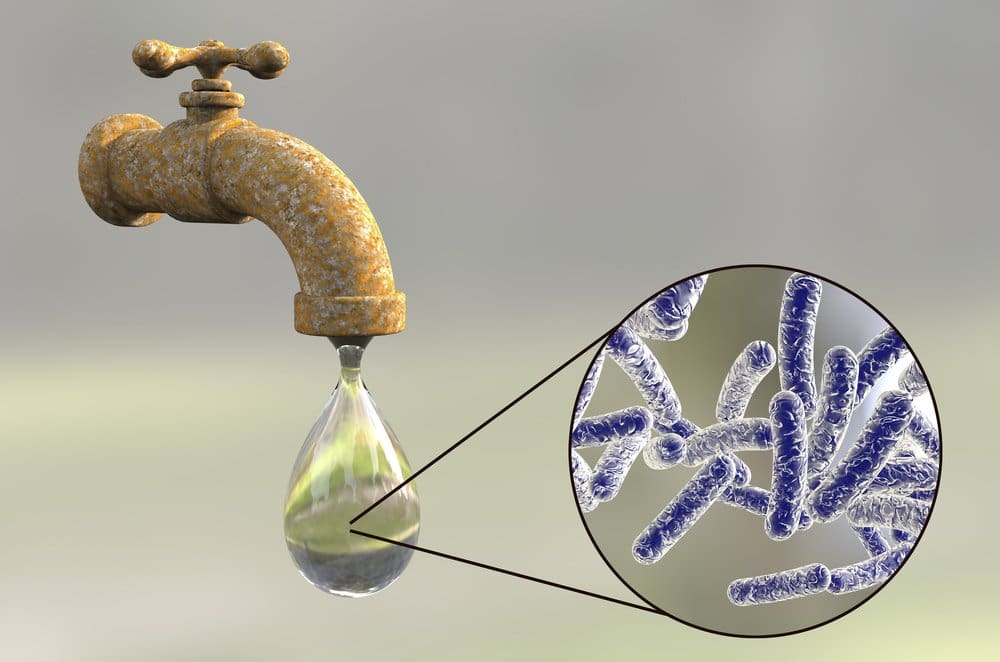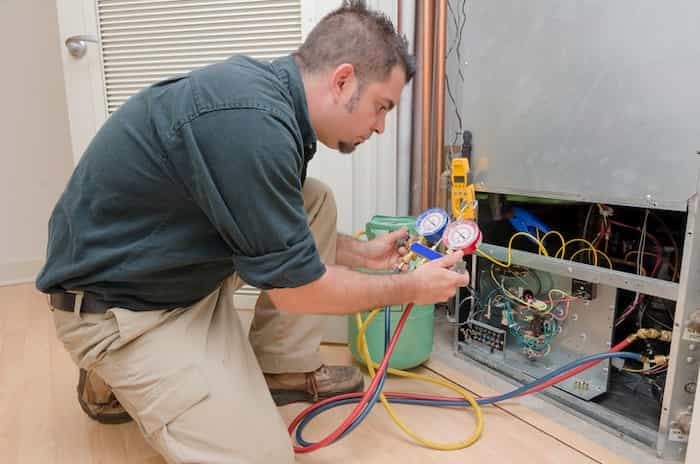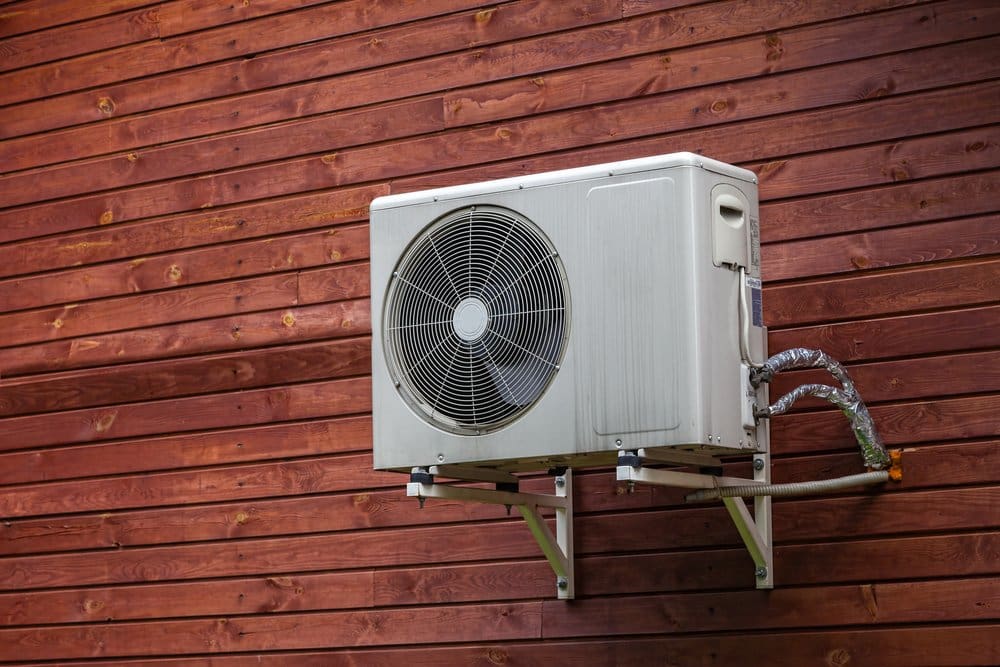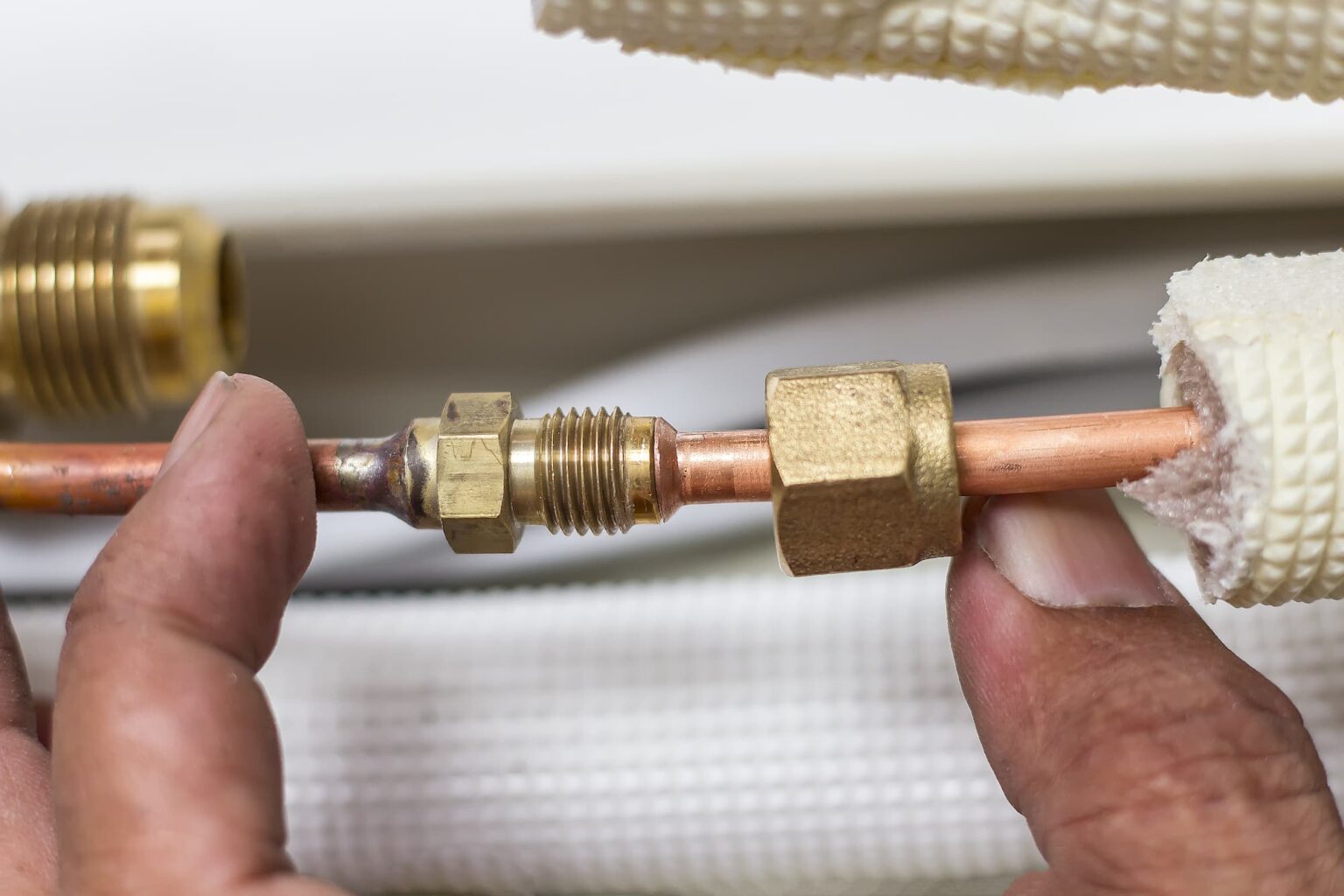If you’re tired of cloudy water or that metallic taste from your Phoenix home’s faucets, it might be time to upgrade your water systems. But don’t just settle for a Brita filter or water delivery service. If you’ve been researching the subject, you’ve no doubt come across reverse osmosis, a process that helps removwe harmful contaminants from water.
There are benefits of reverse osmosis and disadvantages, but ultimately it is a system that is growing in popularity. If you’re interested in reverse osmosis pros and cons, this guide will help you understand the technology and ultimately make the decision on whether or not this type of water treatment will work for your home.
Dirty Water Concerns
We tend to only worry about dirty water in terms of drinking it. However, when you think about it, there are so many ways we use water in our homes every day that expose us to the same contaminants even if we aren’t drinking straight from the faucet. Maybe you don’t fill your cup from the faucet, but you do use faucet water for cooking, laundry, showering, and brushing your teeth.
Even in a modern country like the United States, household water can still be contaminated by a host of nasty things. Common contaminants that can be found in your home’s water supply include:
- Lead (this deadly culprit is behind the Flint water crisis)
- Pharmaceuticals
- Mercury
- Iron
- Asbestos
- Pesticides
With all of these contaminants swimming around in water, there can be serious impacts on human, animal and plant health. When household water is not clean, it can lead to such issues as:
- Water with a metallic taste
- Kidney stones
- Gallstones
- Cataracts
With contaminants such as lead and mercury, the problems are even worse. People who suffer from lead or mercury poisoning can experience vomiting, abdominal pain, and with repeated exposure and high levels, even sometimes death. It is more important than ever to protect your family and home by ensuring clean water sources.
Benefits of Reverse Osmosis
To understand reverse osmosis, we first need to start with the basics. Osmosis is a naturally occurring phenomenon that was first observed all the way back in the 1700s. The short definition of the osmosis process is that weaker saline solutions will naturally migrate to stronger saline solutions.
For example, let’s say you have two cups of saltwater that are separated by a semipermeable membrane. (A semipermeable membrane allows some molecules to pass but not others, so not a solid wall.) If one cup has a lower concentration of salt, the water from that cup will flow toward the cup with a higher concentration of salt.
Osmosis is the process that trees use to absorb water from their roots. In humans, kidneys absorb water from the blood through this process.
How does RO Work
So what is reverse osmosis then? Unlike regular osmosis, reverse osmosis (also known as RO), is not naturally occurring. The reverse process was created by the United States government in the 1950s as they were searching for ways to desalinate water. This was a lucrative technology to assist the military and ensure soldiers had easy ways to access water in rough conditions.
As you can imagine, reverse osmosis is the same process as osmosis, just in reverse. There are two big differences between the two, however. First, as stated, the reverse process is not naturally occurring. Second, while in regular osmosis the water just flows on its own to the solution with a higher concentration, in reverse osmosis, energy is needed for the process to work.
Pressure has to be exerted that is greater than the force of natural osmosis to ensure the water flows in the direction you want it to. This generally has to be accomplished using a high-pressure pump on the salt side of the reverse osmosis stream.
The pump pushes the water against its own natural force and ensures that water molecules pass through the semipermeable membrane leaving behind salt, minerals, and contaminants. In an RO system, the second stream that carries the contaminants that were unable to pass through the semipermeable membrane is called the reject stream.
In a nutshell, reverse osmosis uses pressure to push contaminants out of a water stream. When these systems are installed in homes, they use a cross filtration system instead of standard filtration. What this means is that there are two streams of water, one clean and one dirty. The clean stream that has gone through reverse osmosis and is devoid of contaminants passing through the filter and goes to your faucets. The dirty stream is rejected and discarded.
The most amazing aspect of this process is that upward of 95 to 99% of contaminants are prevented from passing through. The process is so effective that NASA uses it to ensure that its astronauts have clean water in space.
Benefits of an RO System
Now that we’ve discussed the need for reverse osmosis as well as how it works, it’s time to take a look at reverse osmosis pros and cons. As with any system you’re thinking about installing in your home, you have to weigh the benefits against the disadvantages. Some of the key benefits of installing an RO system in your home include:
High Efficacy Rate
RO systems can ensure that 95 to 99% of contaminants do not reach your household faucets. With RO systems, you’re getting the cleanest water available without contaminant buildup thanks to the cross filtration. Beyond the home, these results make it a great option for commercial use such as in kitchens or large warehouses.
Increased Water Consumption
Clean, fresh water doesn’t have the awful metallic taste that many people associate with tap water. When your home water source tastes delicious, you’re more likely to reach for a glass of water than sugary drinks like soda.
Cost Effective
Once your RO system has been installed, your home water costs mere pennies on the gallon. This saves you a ton of money as the cost of bottled water is high and uses plastic, which is in itself not environmentally friendly.
Delicious Tasting Food
It’s easy to forget that a lot of cooking requires water. When your water source is fresh and clean, the food you prepare in your kitchen tastes better.
Easy Maintenance
When installing any new home appliance, one of your key considerations should be maintenance. The better you care for your RO system, the longer it will last and the better it will work. Luckily, when it comes to RO systems, maintenance is quite easy. With routine maintenance and scheduled filter changes, your system should run perfectly.
RO Water Disadvantages
As with anything, there are some disadvantages to setting up a reverse osmosis system in your home. Here are some issues with this system to keep in mind:
Frequent Filter Replacement
Even though the maintenance is easy, it can be annoying and costly to replace filters on your RO system. It is generally recommended that your system be sterilized and that you replace filters at least once a year, but you may have to do it more often if it’s a large household or business. Another thing to keep in mind is the membrane will need to be replaced approximately every three years. This will keep the system operating properly and delivering pure water.
Clogging
A reverse osmosis system can be sensitive. If not properly maintained, the RO system can experience clogs. It is possible to prevent this by installing a pre-filter, but that is more time and money to take into consideration.
Slow Refill Time
Because your RO system needs to use household water pressure to complete the process, it can take time for the tank to refill. This is mostly a concern only if you use a large amount of water at once.
Making the Decision
With all the contaminants that can potentially get into a home’s water supply, a filtration system is more important than ever. While a reverse osmosis system has a few drawbacks, the benefits of reverse osmosis generally outweigh the negatives. If you’re concerned about the time it takes water to go through the process, consider the number of people in your household and your water needs. If it’s feasible for your lifestyle, this is the best system for clean, fresh water.
Installation Process
Installing a new RO system is simple but takes a little planning. There needs to be enough space under your sink to hold your new filter and its attachments. You also will need a separate faucet. At Day and Night Air, we can take a look at your setup and make recommendations. Generally, faucets have a hole to allow for a second faucet. If yours does not, we can drill one for you.
Once installed, it takes a few hours for the pressure to build up enough to use the water. We also recommend that before you drink the water, you run the tank once to ensure it is completely cleaned out. After installation, we recommend yearly maintenance. This generally includes replacing filters and sterilization. You can do this yourself or have Day and Night Air make the replacements for you.
Have Day and Night Air Install Your Reverse Osmosis System
Now that you’ve weighed the reverse osmosis pros and cons if you’ve decided you want to take the plunge and install a reverse osmosis system in your Phoenix home, contact Day and Night Air. Our expert team can answer any questions you may have and walk you through the best brands and models. We look forward to helping you get the clean, great-tasting drinking water that you’ve always desired.
For a quicker response give us a call at 602-492-9656

